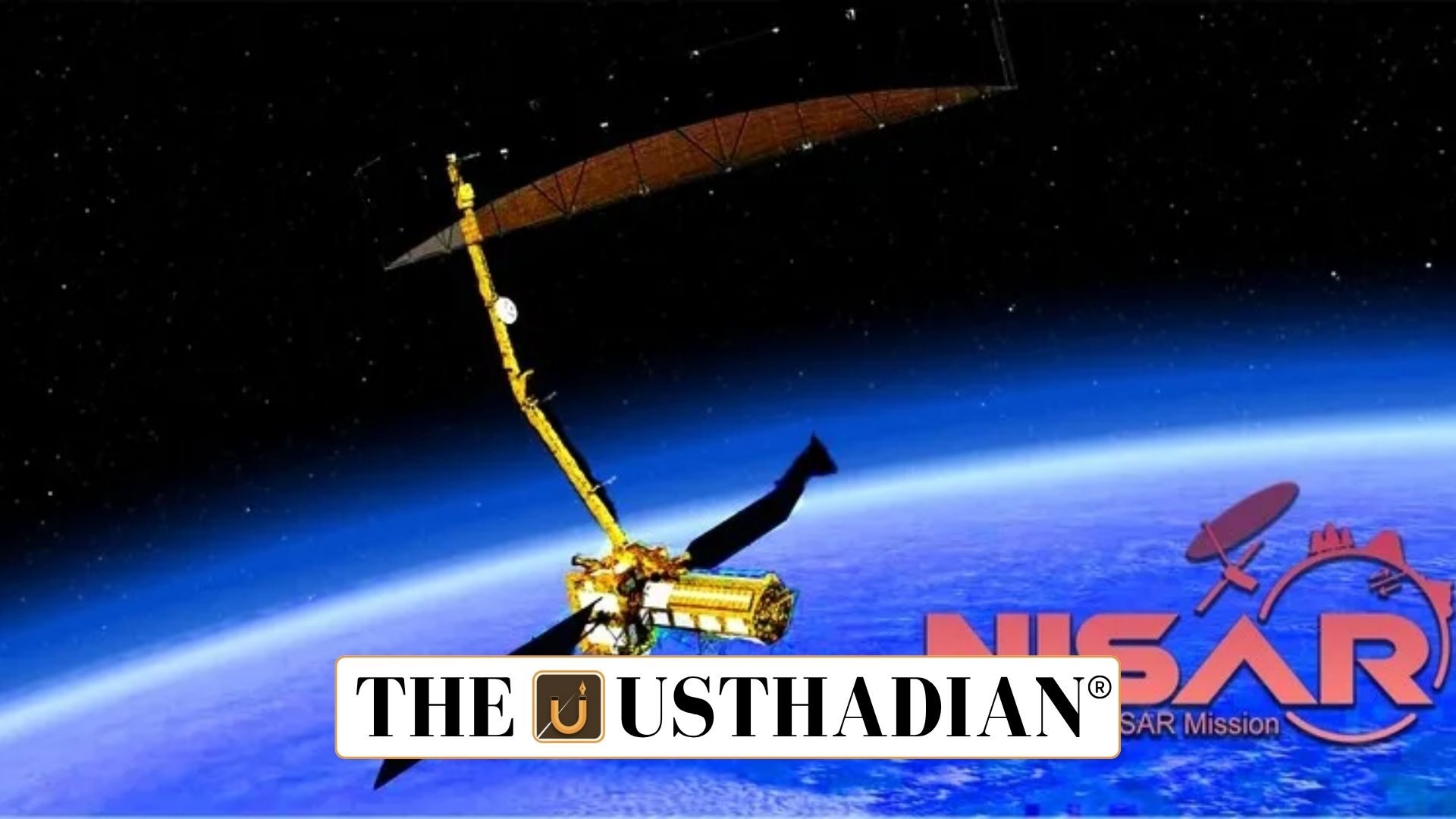NISAR Mission Overview
NISAR Satellite Unlocks First Detailed Earth Images: The NASA-ISRO Synthetic Aperture Radar (NISAR) is a joint Earth-observing mission. It was launched on 30 July 2025 with the aim of producing continuous radar images of Earth’s surface. The satellite’s technology allows monitoring of terrain changes irrespective of weather conditions or sunlight.
Static GK fact: ISRO was founded in 1969, with headquarters in Bengaluru, and NASA was established in 1958 in Washington D.C.
First Earth Images Released
The satellite recently sent its first images of Earth, covering Mount Desert Island in Maine and northeastern North Dakota. These radar snapshots highlight forests, wetlands, bare land, and agricultural regions with five-metre resolution. Such precision offers a clear view of human settlements and irrigation networks.
Static GK fact: Synthetic Aperture Radar (SAR) satellites like NISAR are capable of imaging Earth through clouds and at night.
Significance of L-Band Radar Technology
NISAR employs L-band radar, which penetrates vegetation and cloud cover effectively. This feature enables scientists to track differences between forests, croplands, and urban infrastructure. The radar also provides long-term data useful for understanding ecosystem dynamics and land-use changes.
Static GK Tip: The L-band wavelength ranges from 1 to 2 GHz, making it suitable for penetrating tree canopies and soil layers.
Environmental and Agricultural Applications
The mission will play a critical role in forest monitoring, wetland conservation, and crop cycle tracking. It provides data on deforestation, soil moisture, and agricultural yield patterns, which can guide farmers and policymakers. The technology is also valuable in disaster response, especially in tracking floods, earthquakes, and landslides.
Static GK fact: India’s first Earth observation satellite was Bhaskara-I, launched in 1979.
International Partnership
The NISAR project reflects strong scientific collaboration between India and the USA. NASA contributed the radar system, while ISRO managed the GSLV Mk-II launch vehicle and satellite integration. Beyond Earth observation, NISAR sets the stage for future space exploration, supporting lunar and Martian research initiatives.
Static GK fact: The GSLV Mk-II can launch payloads of up to 2.5 tonnes into geosynchronous transfer orbit.
Static Usthadian Current Affairs Table
NISAR Satellite Unlocks First Detailed Earth Images:
| Topic | Detail |
| Mission Name | NASA-ISRO Synthetic Aperture Radar (NISAR) |
| Launch Date | 30 July 2025 |
| Launch Vehicle | GSLV Mk-II (ISRO) |
| Collaborating Agencies | NASA and ISRO |
| First Images | Mount Desert Island (Maine) and North Dakota |
| Key Technology | L-band Synthetic Aperture Radar |
| Resolution | Objects as small as five metres |
| Applications | Disaster response, agriculture, infrastructure, ecosystem monitoring |
| Long-term Goals | Sustainable land use, environmental conservation, space exploration support |
| Static GK Reference | Bhaskara-I was India’s first Earth observation satellite (1979) |








